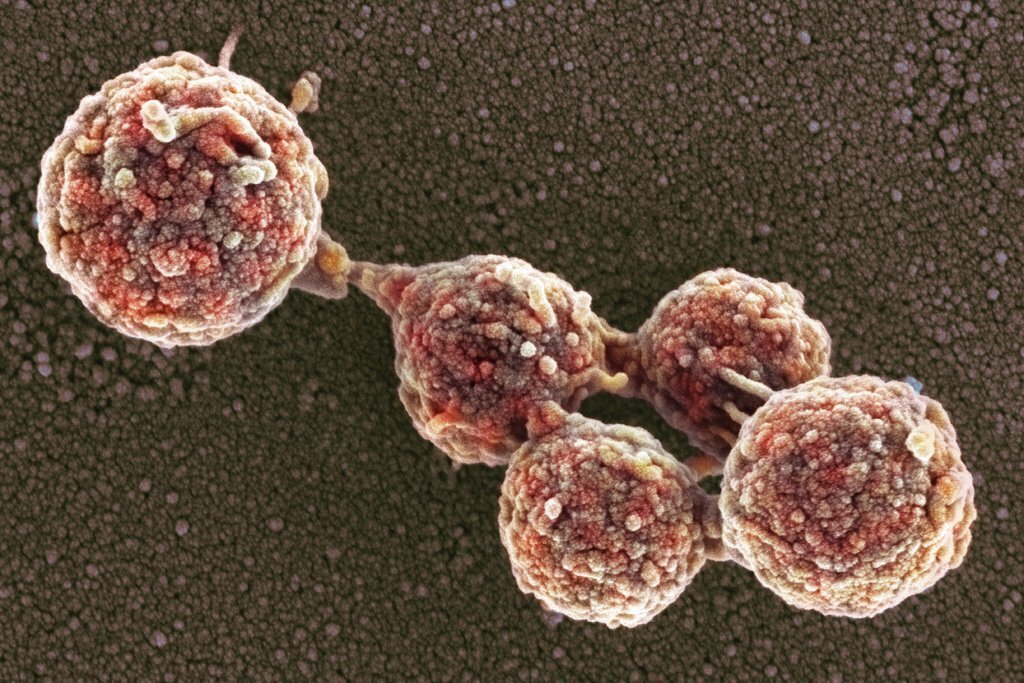Synthetic Genome | 17 May 2019
Researchers at the Medical Research Council Laboratory of Molecular Biology in Britain reported that they had rewritten the DNA of the bacteria Escherichia coli.
- Synthetic genome is four times larger and far more complex than any previously created. Scientists have created a living organism whose DNA is entirely human-made. It is perhaps a new form of life and a milestone in the field of synthetic biology.

- The bacteria are alive, though unusually shaped and reproducing slowly. But their cells operate according to a new set of biological rules, producing familiar proteins with a reconstructed genetic code.
- Each gene in a living genome is detailed in an alphabet of four bases, molecules called adenine, thymine, guanine and cytosine.
- Genes direct cells to choose among 20 amino acids, the building blocks of proteins, the workhorses of every cell. Proteins carry out a vast number of jobs in the body, from ferrying oxygen in the blood to generating force in our muscles.
History of a Synthetic Genome
- Researchers built a synthetic genome in 2010, that was one million base pairs long. The new E. coli genome is four million base pairs long and had to be constructed with entirely new methods.
Potential Use
- Many companies today use genetically engineered microbes to make medicines like insulin or useful chemicals like detergent enzymes. If a viral outbreak hits the fermentation tanks, the results can be catastrophic. A microbe with synthetic DNA might be made immune to such attacks.
- Recoding DNA could also allow scientists to program engineered cells so that their genes won’t work if they escape into other species. It creates a genetic firewall.
- Researchers are also interested in re-coding life because it opens up the opportunity to make molecules with entirely new kinds of chemistry. Beyond the 20 amino acids used by all living things, there are hundreds of other kinds.
- A compressed genetic code will free up codons that scientists can use to encode these new building blocks, making new proteins that carry out new tasks in the body.
- Achievement one day may lead to organisms that produce novel medicines or other valuable molecules, as living factories. These synthetic bacteria also may offer clues as to how the genetic code arose in the early history of life.
Challenges
- Synthesizing the DNA in a lab from four million base pairs long genome and substituting synthetic genes for those made by evolution was a daunting challenge.
- The genome was too long and too complicated to force into a cell in one attempt. The researchers built small segments and swapped them piece by piece into E. coli genomes.
- The bacteria grow more slowly than regular E. coli and develop longer rod-shaped cells.
- Tacking bases together to make genomes remains enormously costly.
